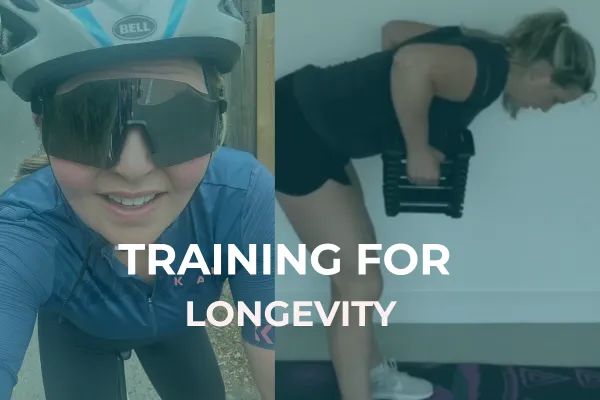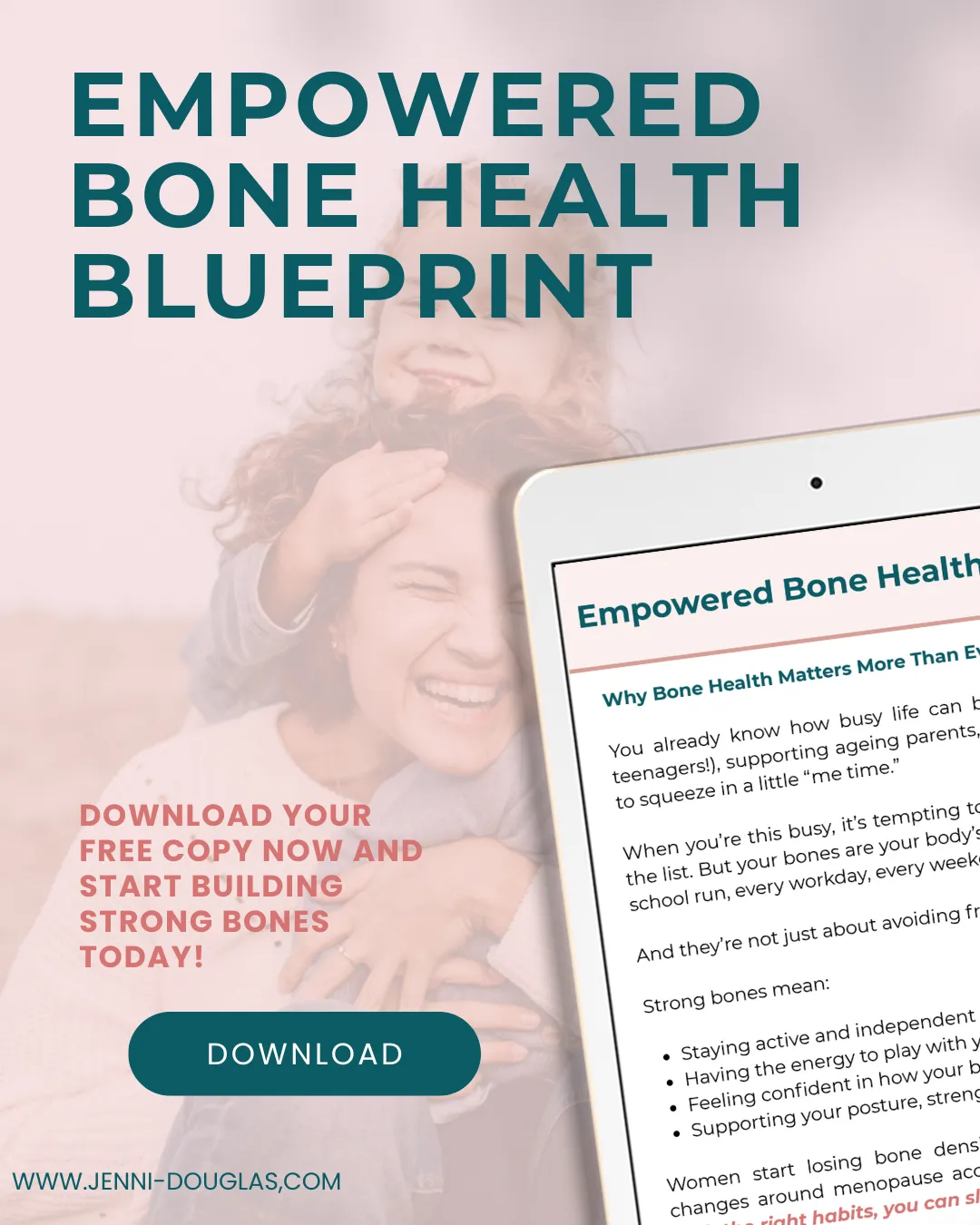
Longevity
Training for Longevity
If you’ve been following my content for a while, you’ll know I’m passionate about helping women especially those in the middle of busy family life or navigating perimenopause find simple, effective, evidence-based ways to move, fuel, and feel their best.
Today, I want to talk about something that’s getting more attention in the health and fitness world: training for longevity. This isn’t just about adding years to your life, it’s about future-proofing your body so that your last decade of life is lived well with function, independence, and vitality.
And the truth is, if you want to live not just longer but better, your training shouldn’t be one-dimensional. The science is clear: the sweet spot for health, performance, and aging well comes from combining strength training and cardiovascular training.
Why Just One Isn’t Enough
For years, fitness trends have pulled us in one direction at a time:
Cardio queens pounding the treadmill.
Gym-goers chasing the pump.
Group classes promising to “burn fat fast.”
The problem? If you only ever focus on one mode of training, you’re leaving huge health benefits on the table.
Cardio alone builds heart health and endurance but won’t stop the natural loss of muscle and strength as we age.
Strength training alone builds muscle and resilience but doesn’t train your heart, lungs, or mitochondria — all critical for healthspan.
When you combine the two? That’s where the magic happens.
What the Research Tells Us
Decades of studies confirm it:
Cardiovascular training (walking, cycling, running, swimming) reduces the risk of heart disease, diabetes, and early mortality. It raises your VO₂ max, a measure of aerobic capacity that scientists consistently link to lifespan.
Strength training (weights, bands, bodyweight) preserves muscle mass, bone density, and functional independence. Grip strength, leg strength, and lean muscle are all strong predictors of healthy aging.
Put them together also known as concurrent training and you see greater overall benefits than doing either alone.
The Two Pillars of Longevity
There are many factors that influence how we age sleep, nutrition, early metabolic health, stress but when it comes to fitness, two pillars stand out.
1. Aerobic Fitness
Your VO₂ max — essentially how efficiently your body uses oxygen during activity — is one of the strongest indicators of how long (and well) you’ll live. It’s influenced by capillary density, mitochondrial function, blood health, and cardiac output and it’s trainable. Regular cardio, at both moderate and higher intensities, moves the needle.
2. Strength
Muscle is protective. It keeps you mobile, stabilises joints, supports metabolism, reduces fall risk, and helps you maintain independence. Strength training also helps maintain a lean aesthetic by preserving metabolically active tissue, making fat loss more sustainable and protective long-term.
Together, these two pillars support both lifespan (the years you live) and health span (the quality of those years). It’s not just about reaching old age, it’s about reaching it with the ability to do what you love whether that’s playing with your kids, travelling, or simply getting up off the floor with ease in your 80s.
What This Looks Like in Real Life
Here’s the empowering part: you don’t need hours each day or elite-athlete-level dedication to benefit.
The minimum effective dose for most people:
2 strength sessions per week (full-body, 30+ minutes)
150 minutes of cardio per week (e.g. 5 × 30 mins at varied intensities)
This could look like:
A 30-minute weights session at home plus a couple of brisk walks and a weekend cycle.
Two gym sessions plus a few short runs during the week.
Strength circuits at home plus walks while pushing the pram.
The key is consistency, not perfection.
Barriers (and How to Overcome Them)
“I don’t have time.” Start with 20-minute sessions. That’s less than 2% of your week.
“I feel too unfit.” Begin with walking and bodyweight exercises, then progress.
“I don’t know what to do.” That’s where coaching comes in — removing the guesswork with a clear plan.
Why This Matters for Women
For women, especially in midlife, hybrid training is a game-changer:
Protects bone density during and after menopause.
Helps regulate energy, stress, and hormones.
Supports fat loss and metabolic health without extremes.
Builds confidence and strength that carry into every area of life.
The Long Game: Your Future Self
Ask yourself: Who do you want to be at 70, 80, or 90?
Someone who can climb stairs without stopping?
Someone who can pick up grandchildren with ease?
Someone who lives independently and still enjoys travel, walking, or hobbies?
Training today is a down payment on that future self.
The Empowered Bottom Line
Longevity isn’t just about adding years to your life it’s about adding life to your years.
By combining strength and cardio, you give your body the best chance to thrive now and decades into the future. You don’t need to be elite. You just need to start, stay consistent, and keep both pillars — strength and aerobic fitness — in your routine.
That’s what Empowered is all about: meeting you where you are, helping you build habits that last, and guiding you toward a future where you’re strong, capable, and living fully.
Ready to start training for longevity? My Empowered coaching programme is built exactly for this — practical, science-backed, and designed for real life.


